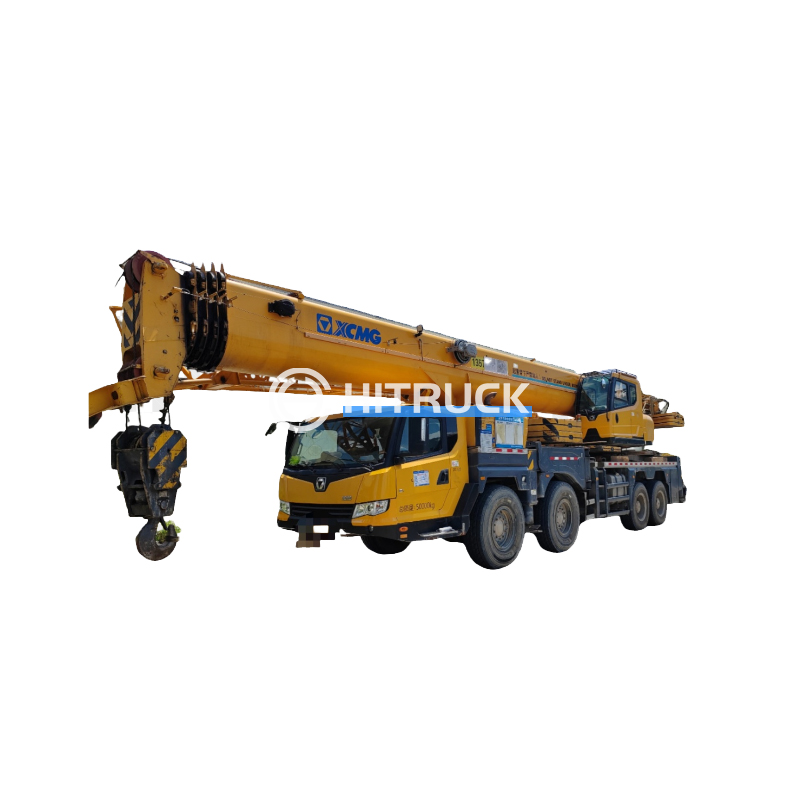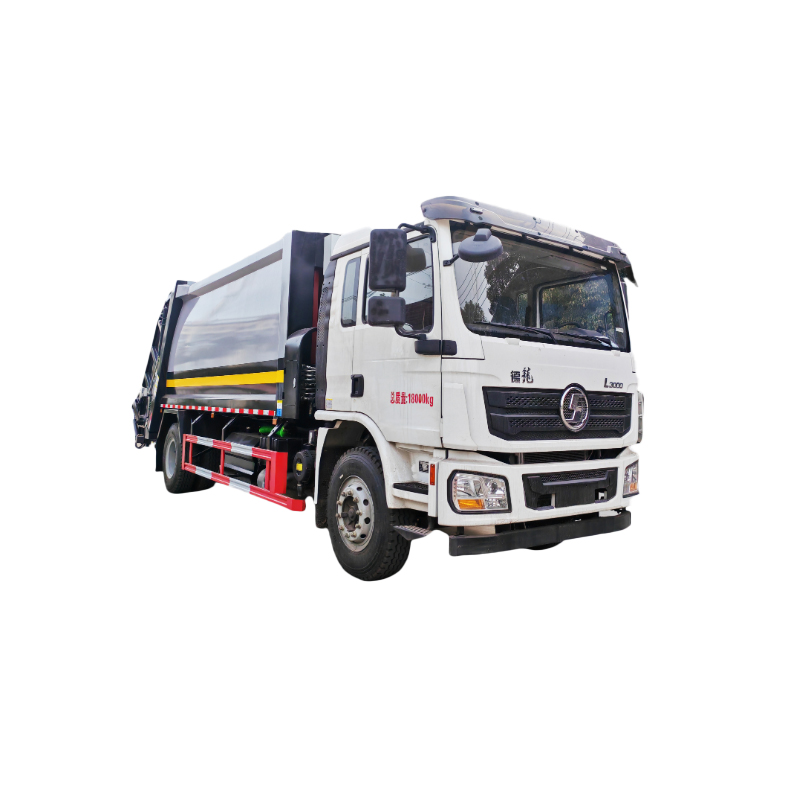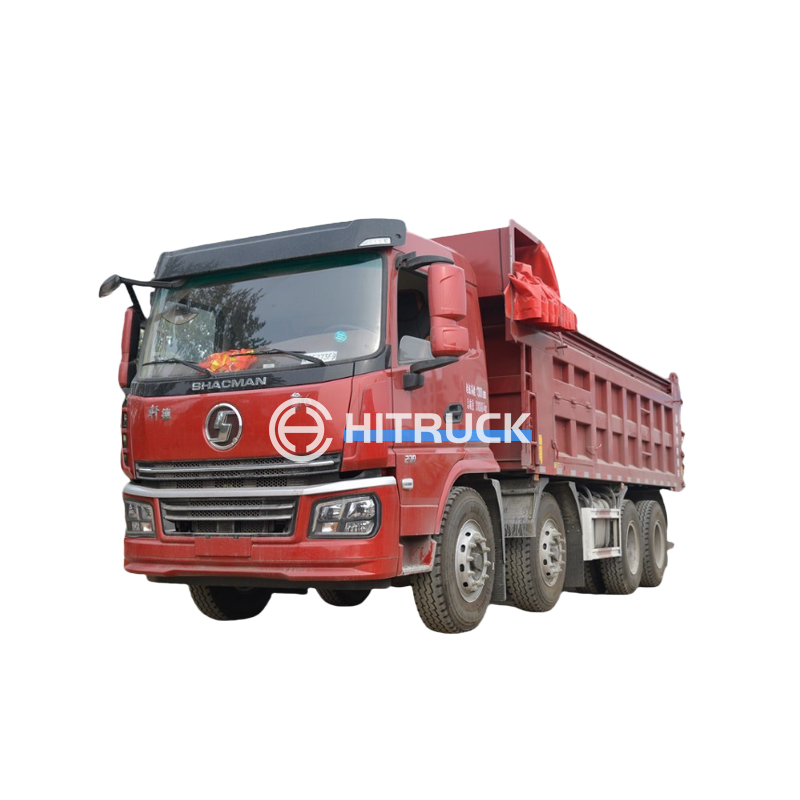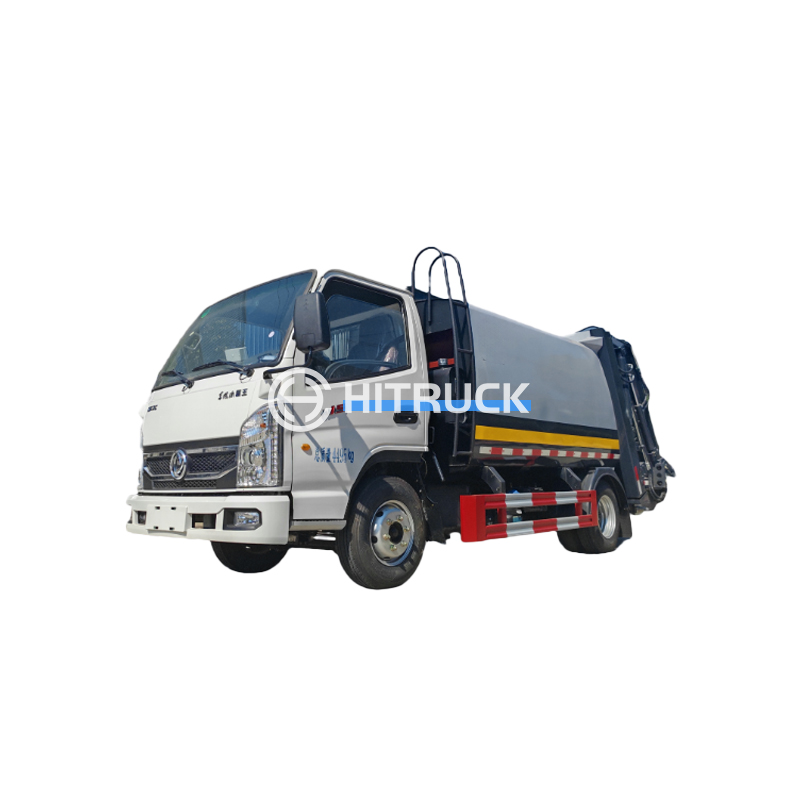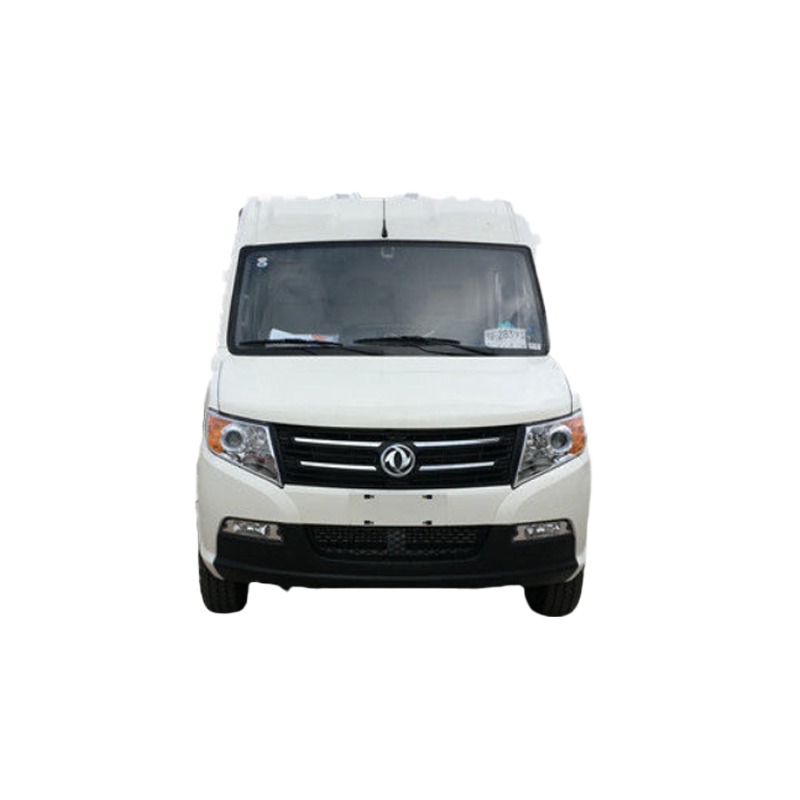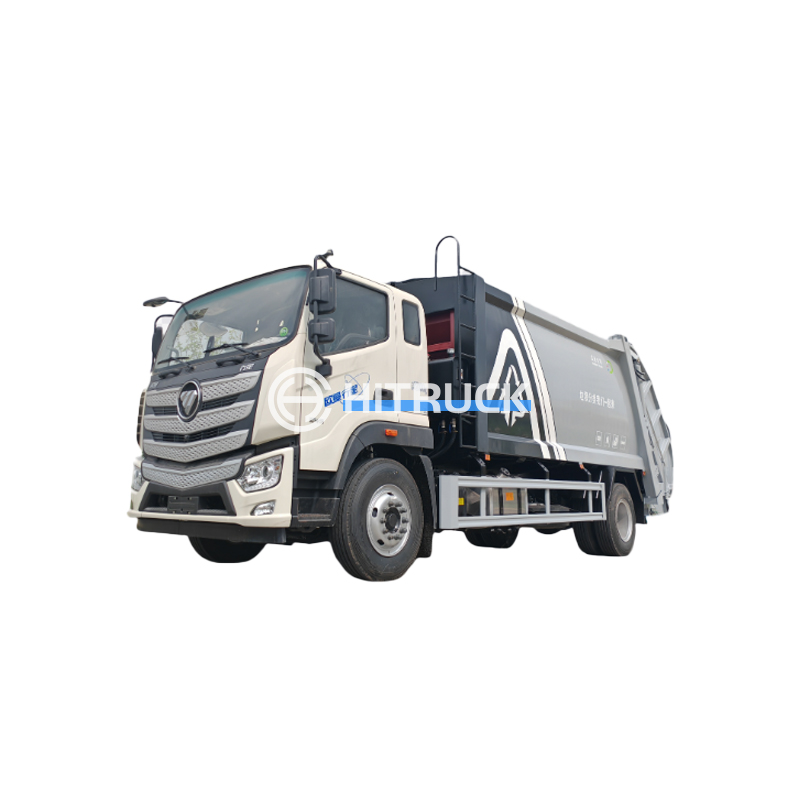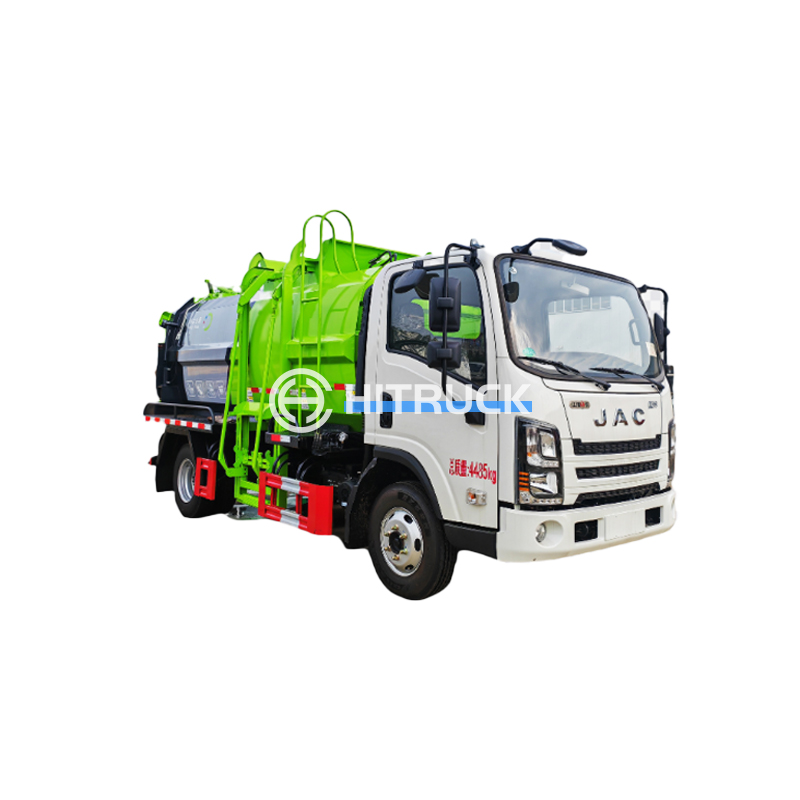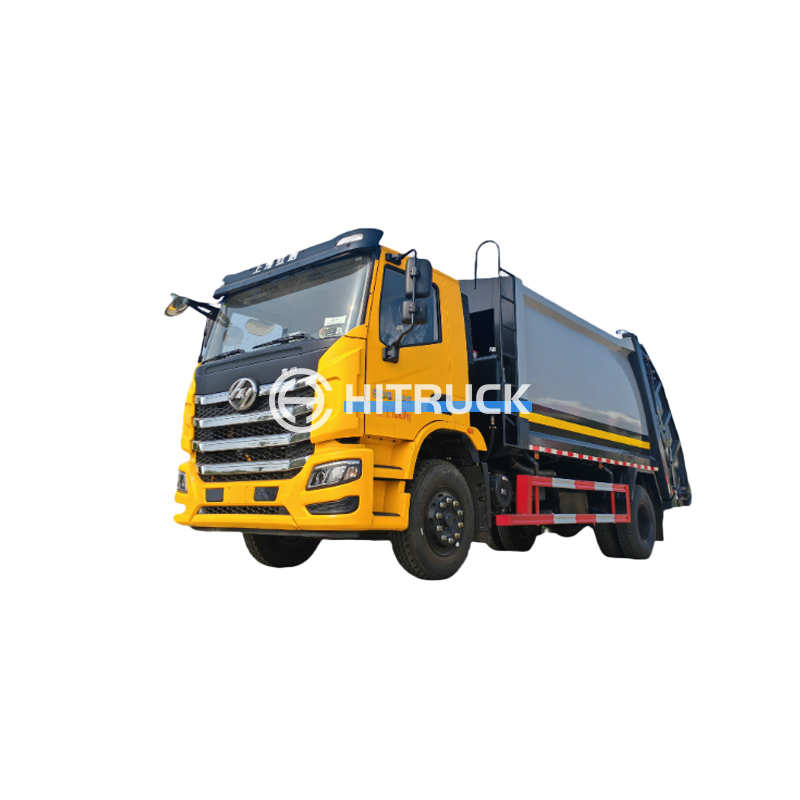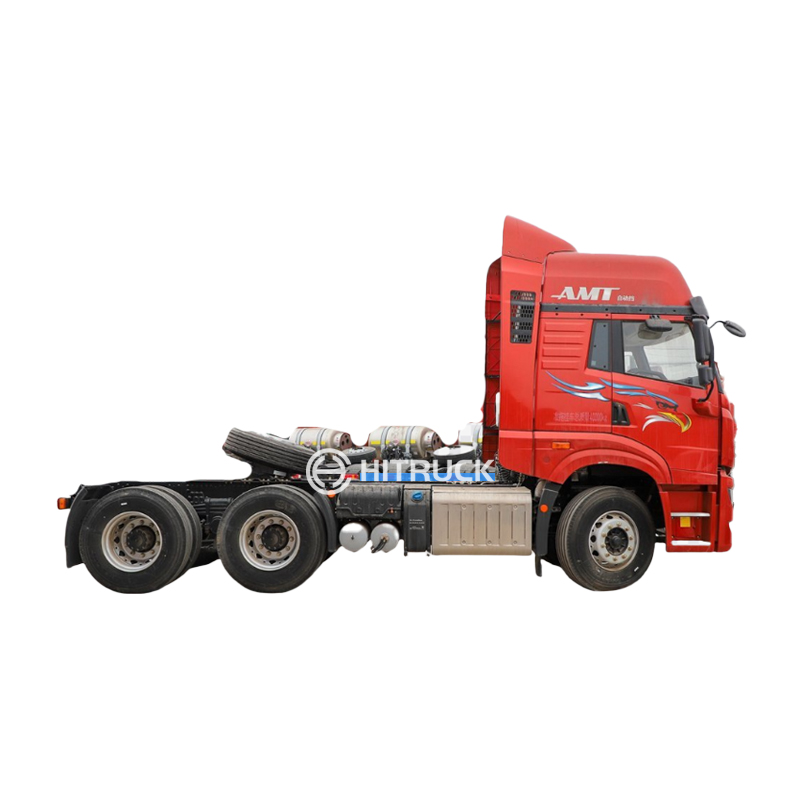This guide provides comprehensive information on selecting the appropriate crane for your project, covering various crane types, factors influencing choice, safety considerations, and cost implications. We'll explore different crane hire options and help you make informed decisions to ensure a successful and safe project.
Tower cranes are tall, freestanding cranes typically used in construction projects for lifting heavy materials to significant heights. They offer high lifting capacities and reach, making them suitable for large-scale projects. When considering crane hire for a tower crane, factor in the required height, lifting capacity, and the space available on the construction site. The setup and dismantling process of tower cranes can be complex and time-consuming.
Mobile cranes, as their name suggests, are highly versatile and easily transportable. They are ideal for projects requiring maneuverability and accessibility to different locations. Common types include: rough-terrain cranes (suitable for uneven terrain), all-terrain cranes (offering greater stability), and crawler cranes (for heavy lifting in challenging conditions). Your choice of mobile crane for your crane hire will depend significantly on the terrain, the weight of the materials, and the specific needs of your project.
Overhead cranes, also known as bridge cranes, are used in factories, warehouses, and industrial settings. They run along fixed tracks, offering efficient material handling within a defined area. If your crane hire involves material handling within a confined space, this type of crane might be the best option. The cost of crane hire for overhead cranes is typically influenced by the crane's capacity and the duration of the rental period.
The market also offers specialized cranes designed for specific tasks, including: articulating cranes (flexible reach and maneuverability), lorry-mounted cranes (mounted on trucks for easy transportation), and even smaller mini cranes for confined spaces. The most suitable crane for your crane hire will depend on the unique aspects of your project. Always consult with a crane hire professional to ensure you choose the right equipment.
Selecting the right crane is crucial for project success and safety. Several factors should be considered:
| Factor | Description |
|---|---|
| Lifting Capacity | The maximum weight the crane can lift safely. Always choose a crane with a capacity exceeding your project's needs. |
| Reach | The maximum horizontal distance the crane can lift a load. Consider the distance between the crane and the lifting point. |
| Terrain | The type of ground where the crane will operate. Different cranes are suited for different terrains. |
| Project Duration | The length of time you'll require the crane. Rental costs are usually calculated daily or weekly. |
Safety should always be the top priority when working with cranes. Ensure the crane hire company provides certified operators and complies with all relevant safety regulations. Regular inspections and maintenance of the equipment are essential. Always obtain the necessary permits and follow established safety protocols.
The cost of crane hire can vary depending on the type of crane, rental period, location, and any additional services required. Obtain quotes from multiple crane hire companies to compare prices and services before making a decision. Consider factors such as transportation costs, operator fees, and any potential insurance requirements.
For a wide selection of heavy-duty trucks and related equipment, consider checking out Suizhou Haicang Automobile sales Co., LTD. They offer a comprehensive range of options for your transportation needs. Remember, choosing the right equipment is critical for both safety and efficiency.
Remember to always prioritize safety and comply with all relevant regulations when using cranes. This guide is for informational purposes only and should not be considered professional advice. Consult with qualified professionals for specific guidance.

